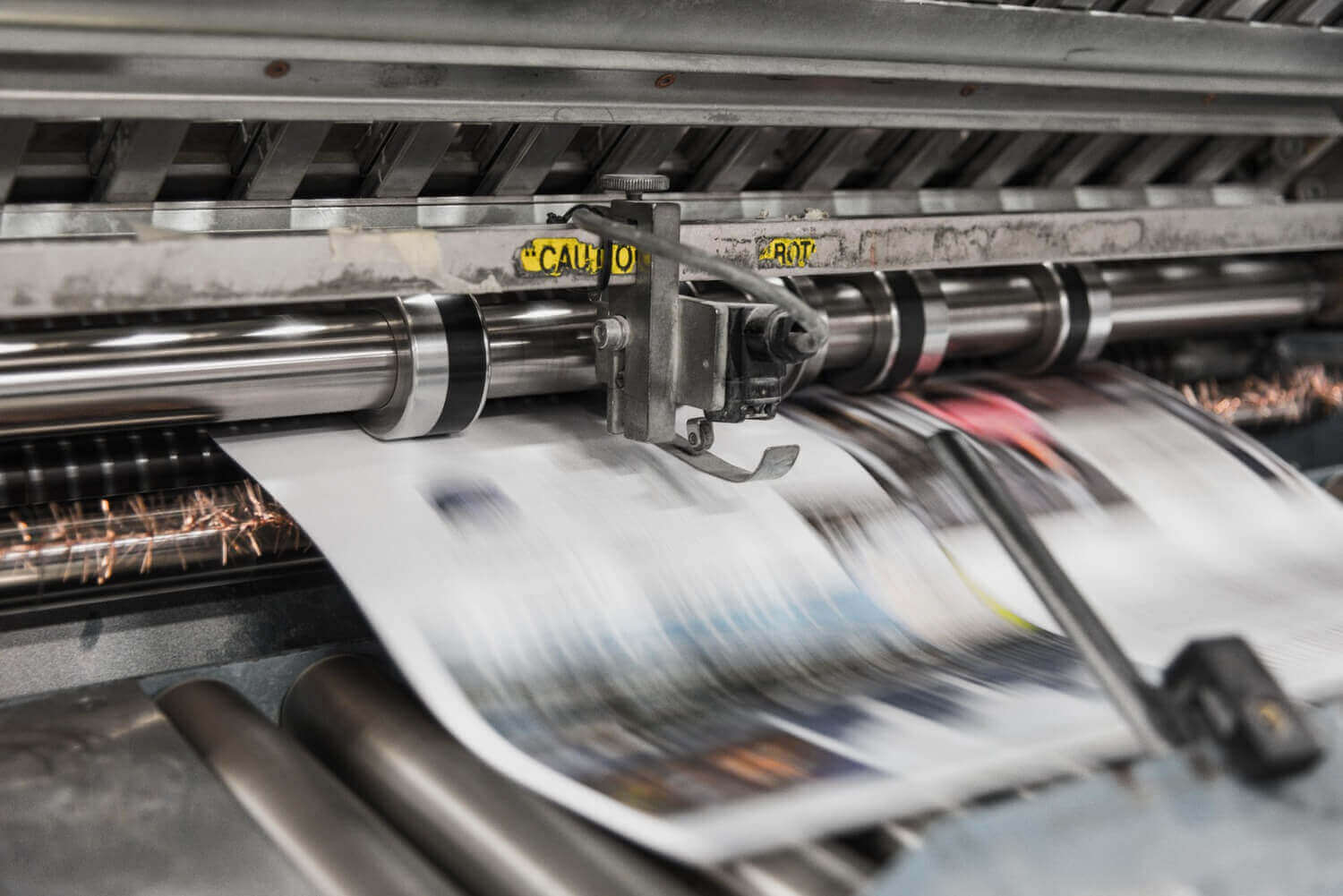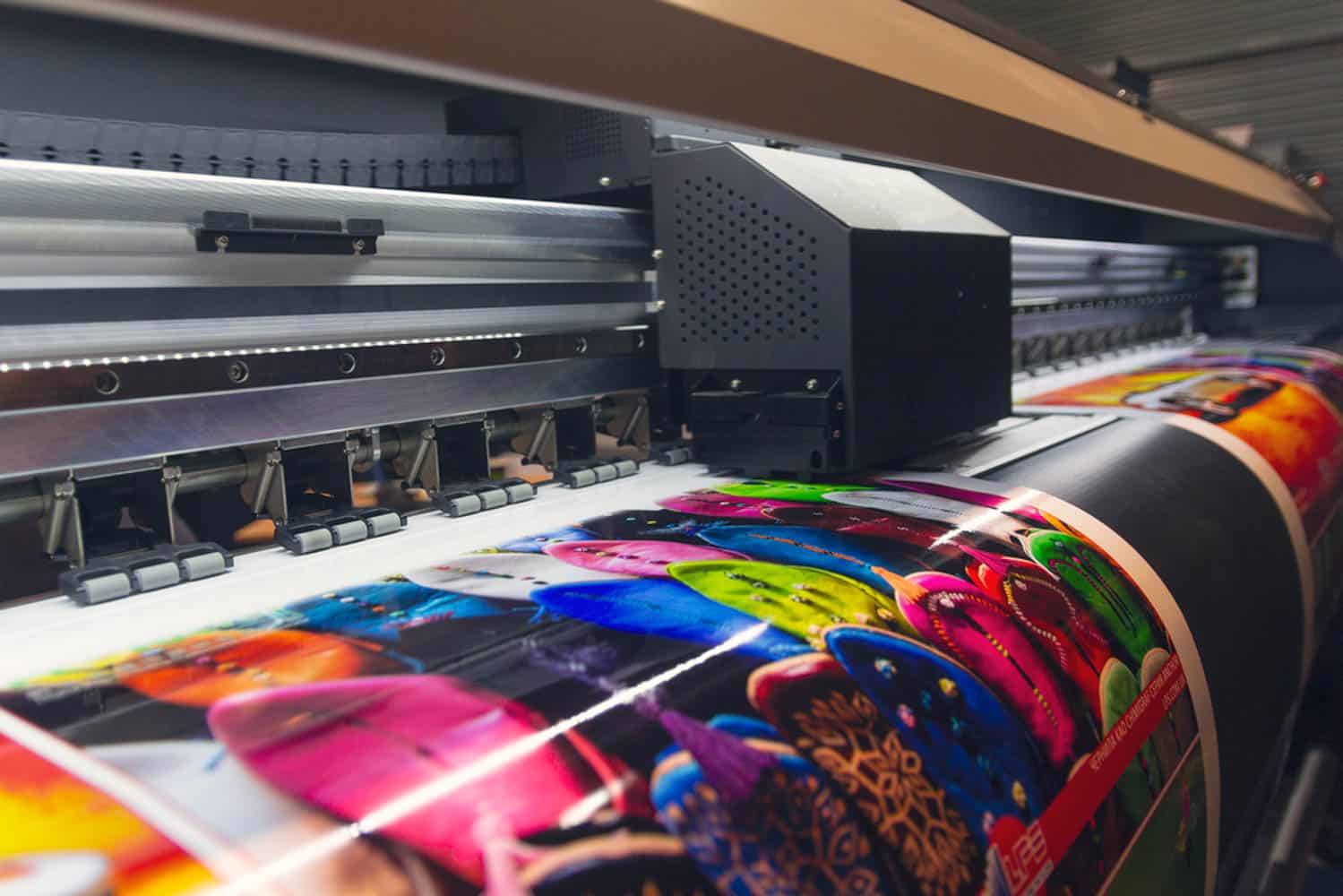Recognizing How Digital Printing Reinvents the Printing Sector
The printing industry, long soaked in typical methods, is undertaking an extreme change with the development of electronic printing. This innovative innovation, which shuns the demand for printing plates, allows quick production and personalization, improving the landscape of print interaction. With its possible to stimulate engagement through customized web content and to offer sustainable services, it's clear that electronic printing is even more than a technical breakthrough; it's a pivotal game changer. Just how specifically does it revolutionize the industry? Allow's explore.
The Advancement of Digital Printing: A Quick Introduction
Given that its inception, digital printing has undergone substantial makeovers, continuously reinventing the printing industry. Its evolution began with the growth of xerography in the mid-20th century, a process which prepared for printer. With the development of the 90s, digital printing modern technology began to develop, and the industry observed the introduction of direct imaging presses, which removed the requirement for publishing plates. As the brand-new millennium unfolded, innovations in innovation even more stimulated the development of digital printing, bring about the development of high-speed inkjet printers. These devices offered premium high quality and rate, permanently changing the landscape of the market. Today, digital printing stands as a testament to human technology, continuously evolving to satisfy the ever-changing needs of the modern-day world.

Unpacking the Innovation Behind Digital Printing
Exploring the ins and outs of digital printing modern technology, one experiences an abundant tapestry of sophisticated machinery and facility formulas. At the heart of this procedure lies an electronic picture, which is refined by software application that divides it into a grid of dots. These dots are after that exchanged a digital code. This code is interpreted by the printer, which uses it to precisely deposit beads of ink onto the substrate. The droplets are so tiny and accurate that they develop a picture that is basically equivalent from the initial. This intricate system, boosted by advanced software application and high-resolution imaging, has actually transformed the More Help landscape of the printing market, leading the way for extraordinary levels of detail and precision.

The Advantages of Digital Printing for Businesses
Comprehending the innovation behind electronic printing gives a clear image of its precision and information. Digital printing is eco friendly, making use of much less ink and generating much less waste. The complete possibility of electronic printing is understood when used for customization and personalization, a topic that will certainly be covered in deepness in the next area.
The Function of Digital Printing in Modification and Personalization
While traditional printing techniques deal with modification and personalization, electronic printing masters these areas. It permits the easy change best site of layouts, without the need for expensive and time-consuming plate changes (print on demand). This allows organizations to customize items to private customers, conference certain demands and boosting customer satisfaction
Digital printing additionally permits variable information printing, where elements such as message, graphics, and pictures may be changed from one published piece to the following, without slowing down the printing procedure. This is especially advantageous for straight marketing projects, where tailored messaging can considerably boost response rates. In this method, electronic printing not only reinvents the printing market however additionally changes the means organizations communicate with their consumers.
Evaluating the Ecological Effect of Digital Printing
Although electronic printing has been lauded for its role in personalization and customization, it is important to examine its environmental impact. Digital printing can be much less wasteful than typical methods, since it runs on a 'print on demand' basis, removing the requirement for large print runs that can result in surplus and waste. Additionally, it utilizes fewer chemicals and creates less unstable organic substances (VOCs) compared to balance out i was reading this printing. The energy usage of digital printers can be high, leading to boosted carbon impact. Moreover, using non-recyclable printing elements and the difficulty of e-waste administration position considerable environmental concerns. While digital printing has several benefits, its environmental impact needs to be diligently handled.
Final thought
Finally, electronic printing has changed the printing industry, providing rapid, cost-efficient, and high-grade options. It helps with modification, enhancing consumer engagement, and utilizes a sustainable print-on-demand design. As this modern technology remains to progress, its effect on service communication, client complete satisfaction, and ecological sustainability becomes progressively extensive. Understanding these adjustments is important for organizations to leverage the benefits of electronic printing effectively.